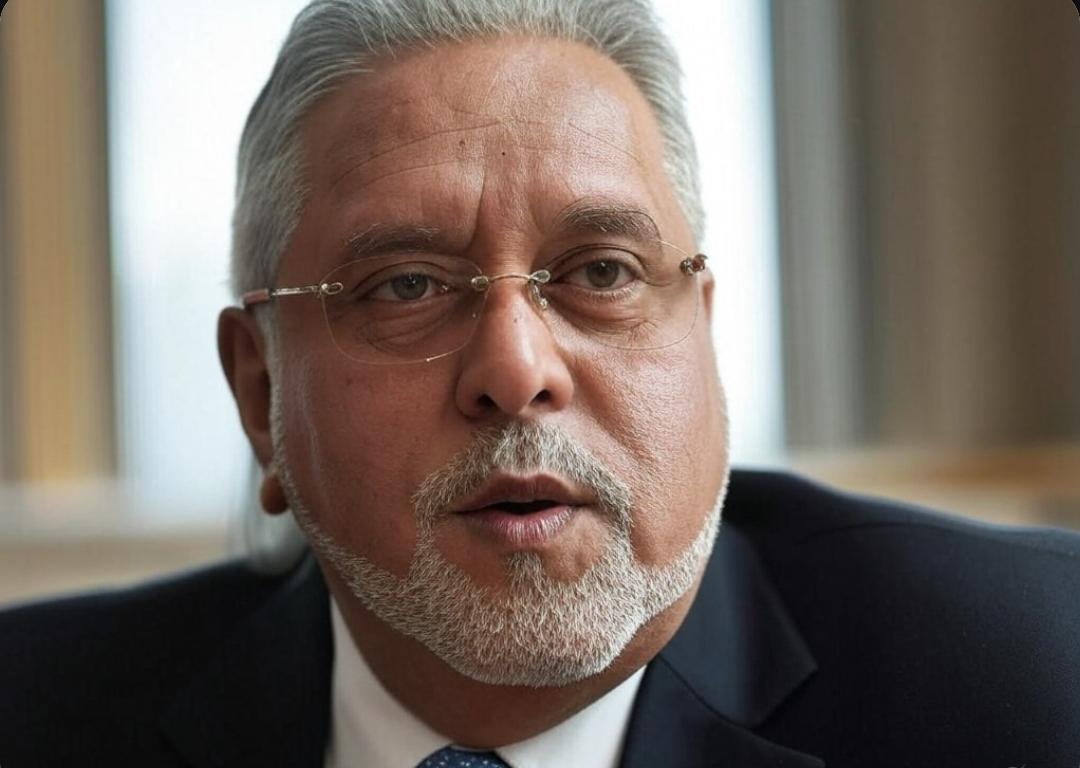
Vijay Mallya, once known as the flamboyant business tycoon behind Kingfisher Airlines and the United Breweries Group, is now infamous for fleeing India in 2016 after defaulting on loans worth thousands of crores. Declared a “wilful defaulter” and later a fugitive economic offender, Mallya became the face of large-scale bank fraud in India. After years of legal battles and extradition hearings in the UK, Mallya has resurfaced in public discourse with a surprising claim—he says Indian banks have recovered over ₹14,000 crore from him and his assets, which is more than double the ₹6,203 crore that he was judged to owe. His tweet reads, “And in my case Banks recovered in excess of Rs 14,000 crores against a judgement debt of 6203 crores.”
This bold assertion has struck a nerve, particularly when contrasted with the data recently circulated by the All India Bank Employees Association (AIBEA), which highlights how massive bad loans taken by India’s largest corporations were resolved with enormous losses—also known as “haircuts”—for the banks involved. The data paints a grim picture: in just 13 major loan accounts, Indian banks were owed a total of ₹4,46,800 crore. Of this, only ₹1,61,820 crore was recovered or resolved. This means a staggering ₹2,84,980 crore was effectively written off, resulting in an average haircut of 64%.
The breakdown of some of these accounts is staggering. For instance, Essar Group had a loan of ₹54,000 crore but settled it for ₹42,000 crore, resulting in a 23% haircut. Bhushan Steels owed ₹57,000 crore and paid back ₹35,000 crore, amounting to a 38% loss. Jyothi Structures owed ₹8,000 crore but settled for just ₹3,600 crore—a 55% haircut. Dewan Housing Finance Ltd (DHFL) owed ₹91,000 crore and paid ₹37,000 crore, with a 60% haircut. Bhushan Power owed ₹48,000 crore, of which only ₹19,000 crore was recovered, resulting again in a 60% loss. Electrosteel Steels owed ₹14,000 crore but settled at ₹5,000 crore—a 62% haircut. Monnet Ispat paid just ₹2,800 crore of its ₹11,500 crore loan, resulting in a 75% haircut.
It gets worse with Amtek, which owed ₹13,500 crore and paid ₹2,700 crore—an 80% haircut. Alok Industries had a ₹30,000 crore loan and settled for ₹5,000 crore, resulting in an 83% loss. Lanco Infra owed ₹47,000 crore and paid just ₹5,300 crore—a 88% haircut. Videocon defaulted on ₹46,000 crore and only ₹2,900 crore was recovered, resulting in a massive 94% haircut. ABC Shipyard paid just ₹1,200 crore of its ₹22,000 crore debt (95% haircut), while Sivasankaran Industries settled for ₹320 crore on a ₹4,800 crore loan—also a 95% loss to the banks.
The recipients of the resolved assets include some of India’s biggest corporate names—Arcelor Mittal, Tatas, Piramal, JSW, Vedanta, Reliance, Kalyan Group, and others. In many cases, these companies acquired stressed assets at sharply discounted prices, raising questions about whether public sector banks were forced to accept such steep haircuts under pressure or due to policy weaknesses.
What’s deeply ironic is that while Vijay Mallya continues to be portrayed as a fugitive and a villain in public perception, he is now attempting to contrast his case with others where banks settled for far less than what was owed—without any public or legal pursuit of the defaulters at the same scale. While his claim that ₹14,000 crore has been recovered is contentious and requires independent verification, the larger point he makes—that banks have taken bigger hits in other cases—is unfortunately true.
The AIBEA, which shared this data, has issued a strong political statement against bank privatisation. Their message is simple: people’s money should be used for people’s welfare, not for corporate bailouts. The infographic ends with the slogan, “Withdraw Bank Privatisation Bill,” suggesting that private interests acquiring banks will only worsen these kinds of corporate loan write-offs.
At a time when ordinary citizens are struggling with rising costs and high interest rates, it is deeply unsettling to witness how thousands of crores in public money are quietly written off or recovered at a fraction of their original value—especially when these loans were extended to some of India’s richest corporate players. Vijay Mallya’s case may still be under legal scrutiny, but his recent comments serve as a mirror to the systemic crisis in India’s banking sector
Disclaimer:
The information presented in this article is based on publicly available sources, including social media statements and data shared by the All India Bank Employees Association (AIBEA). The views expressed by individuals like Vijay Mallya are quoted as they appear in public forums and do not reflect the endorsement or opinion of this website.




